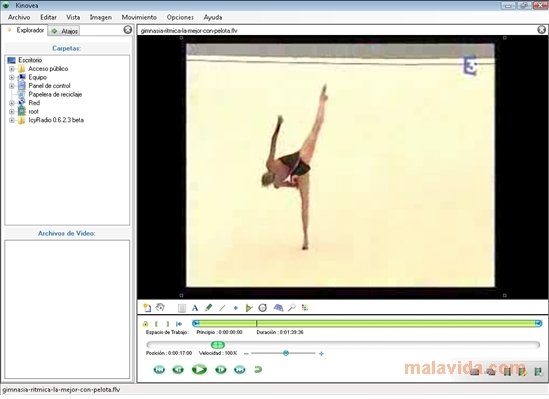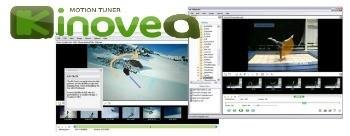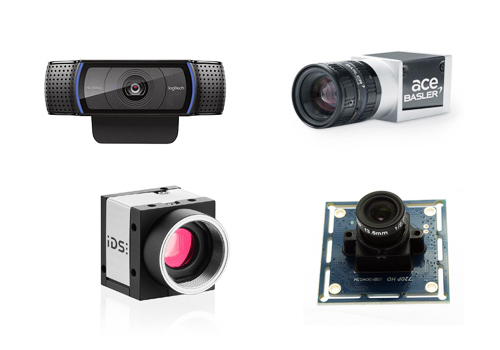

One of these non-deployment requirements is the kerbstone impact.

For further development of these systems and in order to minimise the possibility of erroneous activation, these airbag systems are tested in many impact configurations relevant to airbag activation and in so-called misuse tests. High level requirements are made to the control units and sensors of side airbag systems with regard to the reaction time until activation, because there is only a short deformation zone within the lateral zone of a vehicle. Lateral side impact against kerbstones and its influence on side airbag sensingĮnergy Technology Data Exchange (ETDEWEB) The first part is devoted to the involvement of the elderly by identifying variables contributing to injury including impact severity, human factors, and national and international field data. This paper presents a survey of side impact trauma-related biomedical investigations with specific reference to certain aspects of epidemiology relating to the growing elderly population, improvements in technology such as side airbags geared toward occupant safety, and development of injury criteria. The importance of performing research studies with specific focus on out-of-position scenarios of the elderly and using the most commonly available torso side airbag as the initial contacting condition in lateral impacts for occupant injury assessment is emphasized.īiomechanics of side impact: Injury criteria, aging occupants, and airbag technology Secondary variables such as the thoracic trauma index and pelvic acceleration (currently adopted in the United States Federal Motor Vehicle Safety Standards), peak chest deflection, and viscous criteria are also included in the survey.

Fundamental biomechanical parameters such as thoracic, abdominal and pelvic forces upper and lower spinal and sacrum accelerations and upper, middle and lower chest deflections under various initial impacting conditions are evaluated. The effects of fragility of the elderly coupled with physiological changes (e.g., visual, musculoskeletal) that may lead to an abnormal seating position (termed out-of-position) especially for the driving population are discussed. This is followed by a survey of various experimental models used in the development of injury criteria and tolerance limits. Yoganandan, Narayan Pintar, Frank A Stemper, Brian D Gennarelli, Thomas A Weigelt, John A Biomechanics of side impact: injury criteria, aging occupants, and airbag technology.


 0 kommentar(er)
0 kommentar(er)
